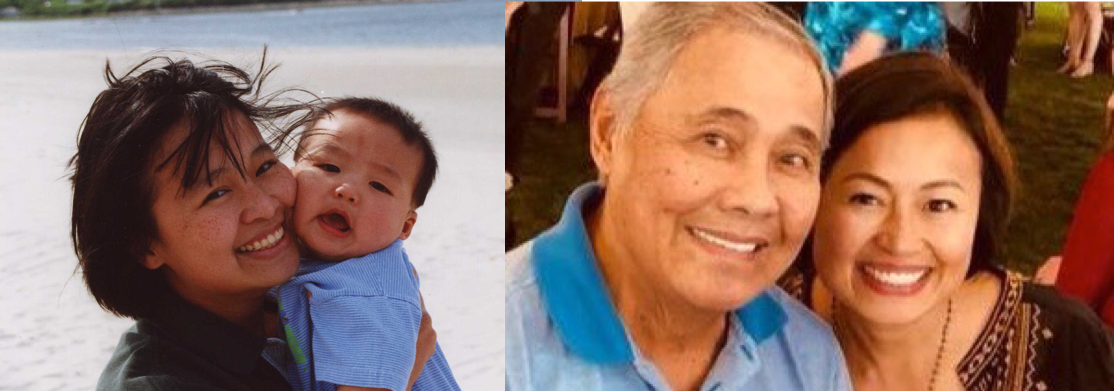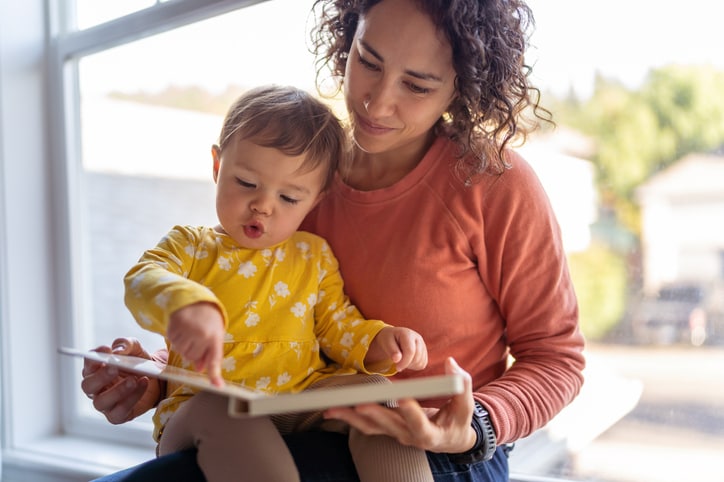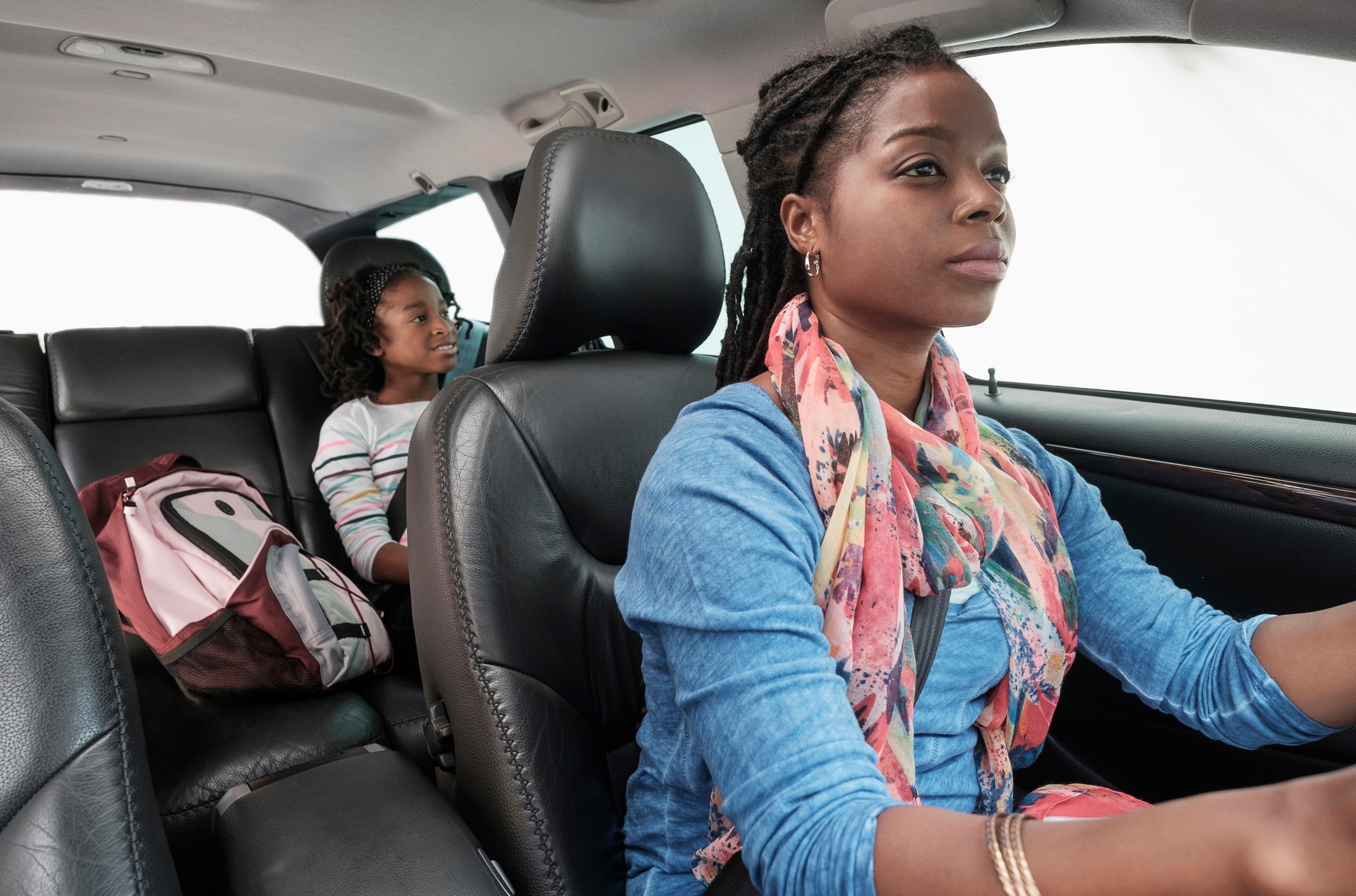Five years ago almost to the day (January 24), I stood on the floor of the New York Stock Exchange with my co-founders and senior leadership team ringing the opening bell as Care.com went public. Just as I did that morning, I find myself reflecting on my journey to found Care.com and the key moment that started it all: becoming part of the sandwich generation at 29 years old. It should have been the best time of our lives. My husband, Ron, and I had recently welcomed a new baby, our son Adam; his big brother Ryan was thriving; and I was working at a tech start-up I loved. Like most other dual-income families, we needed help taking care of the kids, and back then, there weren’t a lot of places to go to find care options. I begged my parents to come from the Philippines to help us, and with their arrival, it seemed like everything was in place and working. Until suddenly, it wasn’t. One day at work, I got the call no one wants. My father had suffered a heart attack while caring for the baby. I now found myself thrust into the emotional rollercoaster of senior care while also caring for an infant and holding down a demanding job. I was now caring for two people with intensive care needs and had nowhere to turn to find help. We cobbled together care, but it was hard and rather than being a source of relief, it was a source of more stress and worry. Thankfully, my dad recovered and we made it through the crisis. But I started thinking about how technology could have helped us, and how it could help families everywhere.
That was the mission of Care.com from day one: to be there for families with tools, resources, and a powerful tech platform that could enable them to find and hire caregivers more safely and efficiently than word of mouth or random classifieds. They say it takes a village to raise a family and that’s never been truer than it is today. So how do we do that in the modern era, leveraging the sharing economy and solutions of public and private partnerships?
As we mark our IPO milestone, it’s a reminder of how much work we have done on our platform: making the complex decisions surrounding hiring caregivers easier as part of guiding families and employees on how to make wise choices for their loved ones. From the very beginning, relying on each other has been the core of our mission. I’ve often reminded our teams that care is not something anyone can do alone. We all need to care; it not only drives jobs and our economy, but it is also core to our humanity.
This week, I head to the World Economic Forum at Davos, where we will be helping to highlight an important research study recently published by Harvard Business School that shows the importance of companies helping with their employees’ care needs and how leading with care can help them gain a competitive advantage. Why? Because, not surprisingly, most employees are dealing with care in their lives – for children or seniors or both – and just as I experienced so many years ago, when your loved ones are in need, everything else takes a back seat. At work, performance drops and absenteeism rises. On the other hand, companies that pay attention to those needs and offer their employees care support perform better and earn the loyalty of their teams. At Care.com, we’re proud to work with leaders like Starbucks, Best Buy and countless others who have introduced care programs that benefit their employees and, in turn, their employees’ families – and yes, their companies’ bottom lines too. It’s a modern update of the proverb “it takes a village” with a more expansive definition of village.
The village on which we all depend couldn’t exist without caregivers themselves. They make our families run and thrive. The original gig workers, they don’t have what so many of us take for granted: access to benefits typically provided by employers. We’d like to change that, which is why our HomePay team handles legal pay and tax obligations for household employers, providing the caregivers they hire access to an array of benefits like Social Security and disability insurance. It’s why we launched a first-of-its-kind, peer-to-peer, pooled and portable benefits platform so that families could easily contribute to accounts that caregivers can use for various expenses. It’s why we worked with Stride Health to create a portal for caregivers to access medical and dental insurance. And, through our longstanding partnership with the National Domestic Workers Alliance, we’ve advocated for the Domestic Workers Bill of Rights, which is now law in eight states.
Demand for care is growing rapidly and we need to ensure that we have the skilled trained workforce we’ll need in the future. We’ve partnered with organizations like AARP and Boston Children’s Hospital, among others, to found The Care Institute, which will standardize the training and accreditation of our next generation of professional caregivers. And elsewhere in the world, we’re helping countries like Germany solve critical healthcare shortages through CareWithCare, which brings skilled trained nurses from countries like the Philippines to fill much needed demand at hospitals and senior care facilities, and in partnership with the International Rescue Committee, we’re training female refugees for caregiving jobs in both child care and senior care in a program we call Care Forward.
Care needs are massive – and growing – and leveraging technology has enabled us to forever change the way we all find and manage care. It has also enabled us to provide more tools and resources on hiring safely than existed before, something we don’t talk about enough but that is top of mind in everything we do. For our consumer platform, we conduct some preliminary screenings of members, provide tools and resources to help make safe hiring decisions, and maintain a comprehensive Safety Center. We rely on our members to use these tools to help them make safe hiring choices for their families. Like our members, we are mothers and fathers, sons and daughters so we fully appreciate the magnitude of the decision to entrust the care of a loved one to another. We’ve continued to evolve our safety protocols, and yet, even with all of those tools, there have been some significant challenges and heart-breaking incidents. While they are rare in the context of the more than one million successful matches that have been made, when they occur they receive our full attention and we take a long, hard look at our processes to determine if there are improvements we can make. It is a commitment we take very seriously.
We are proud and honored to be part of the village that cares for so many—the village that helps create jobs, the village that drives economic growth for all. When we support one another – families, caregivers, companies, government and non-profits – we all thrive. Technology may unite us, but it is our humanity that will sustain us. Let’s all take good care of each other.





